Cars must run at a snail's pace on the road to comply with regulations.
According to regulations, from June 15, 2022, training facilities must install devices to monitor driving practice time and distance (DAT). This is something that has never been regulated before.
On July 25, speaking with VietNamNet, Mr. Nguyen Van Quyen, Chairman of the Vietnam Automobile Transportation Association, said that the DAT device is practical and necessary because it monitors the time and distance students have to study. This device even manages the time spent studying theory.
The purpose of this device is to enhance monitoring and prevent fraud and violations in driver training, testing and licensing.
“However, when introducing technological devices, the shortcomings and inconsistencies in regulations were revealed,” Mr. Quyen expressed.
Accordingly, the Training Program contains many inappropriate contents, even some regulations that cannot be implemented.
“Specifically, Clause 7, Article 1 of Circular 04 stipulates: The practical training time of a student is 84 hours for class B1 (manual transmission) and class B2. Of which, there are 3 hours of practice on the electronic cabin, 41 hours corresponding to 290km of practice in the training ground (driving course) and 40 hours corresponding to 810km of practice on the road.
This is a very unreasonable regulation. For example, the regulation requires running 810km on the highway with a corresponding time of 40 hours under the supervision of DAT equipment" - Mr. Quyen suggested.
According to him, the actual average speed on the road is 40-45 km/h. DAT equipment has proven that running 810 km only takes 18-20 hours.
If you do 40 hours of practice with 810km of road, the average speed will only reach 20.2 km/h. This regulation has put pressure on teachers and students because they have to go too slowly - one of the risks of traffic jams and unsafe roads.
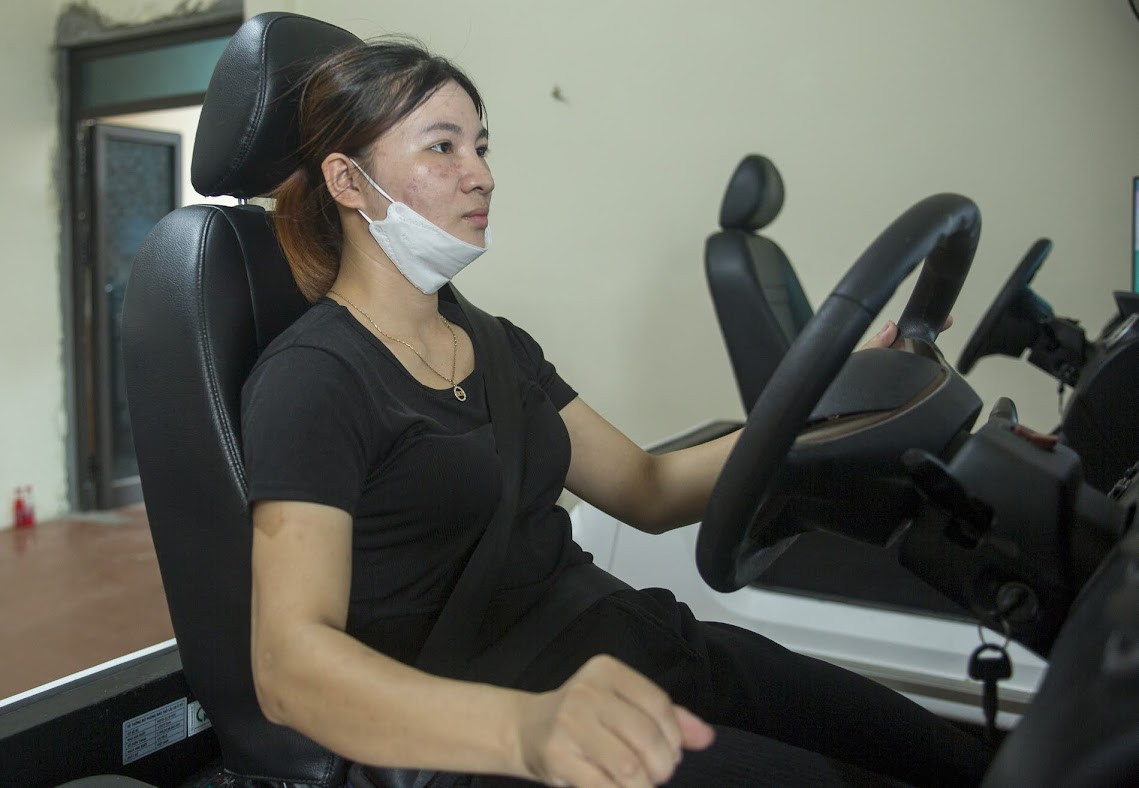
The Chairman of the Vietnam Automobile Transport Association suggested that there should be a review and appropriate adjustment. Accordingly, the time for practical driving lessons on the 810km road should not be “managed” as it is now.
On the other hand, during the process of implementing driver training under the supervision of DAT equipment, the Vietnam Automobile Transport Association also received many complaints that the software installed on the equipment was not consistent.
“Each equipment supplier will install their own software. Thus, the accuracy and the possibility of data being tampered with to adjust the data are very high. These are issues that require timely consideration and adjustment by the authorities,” Mr. Quyen emphasized.
Why not integrate the electronic cabin into the simulation software?
In 2001, the Ministry of Transport issued regulations on equipping electronic cabins in driving technical classrooms at training facilities.
However, since 2007, new regulations on car driving training have removed the requirement of equipping electronic cabins. Since then, electronic cabins are no longer commonly used in car driving training in our country.
By 2022, in Circular No. 4, the Ministry of Transport again stipulates that training facilities are required to equip the number of electronic driving practice cabins proportional to the training volume.
According to Mr. Quyen, the mandatory learning on electronic cabins has not been piloted, the effectiveness of the equipment has not been evaluated but has been implemented. Therefore, since January 1, 2023, when the regulation on learning on electronic cabins takes effect, the Vietnam Automobile Transport Association has received many opinions that this regulation is inappropriate.
According to feedback from training facilities and through actual testing, after a 20-minute test drive on the electronic cabin, it was found that: The electronic cabin equipment is not close to the reality of driving on a real car (very virtual), so it is limited in supporting the formation of driving skills.
The virtual cabin has vibrations and shaking that are not close to sitting in a real cabin. Not to mention the vibrations, shaking, and shaking are so strong that it makes the learner dizzy, nauseous, and dizzy.
“I know that some veteran driving instructors with many years of experience still have difficulty controlling the car on the screen to go in the correct lane, as desired,” said Mr. Quyen.
In addition, some of the content in the electronic cabin learning section (also driving on urban roads, avoiding pedestrians...) overlaps with the simulation software.
“The Prime Minister has issued an official dispatch, and the Government has just issued a Resolution requiring a review of business conditions and a reduction of at least 20% of business conditions for all sectors.
Why not integrate both the learning content on the electronic cabin and the learning content on the simulation software into one instead of creating two contents, which is wasteful?
In my opinion, we need to study and summarize to evaluate the effectiveness of electronic cabins. If they are really ineffective, we should stop adding electronic cabins. Instead, we can combine electronic cabins with simulation software," Mr. Quyen suggested.
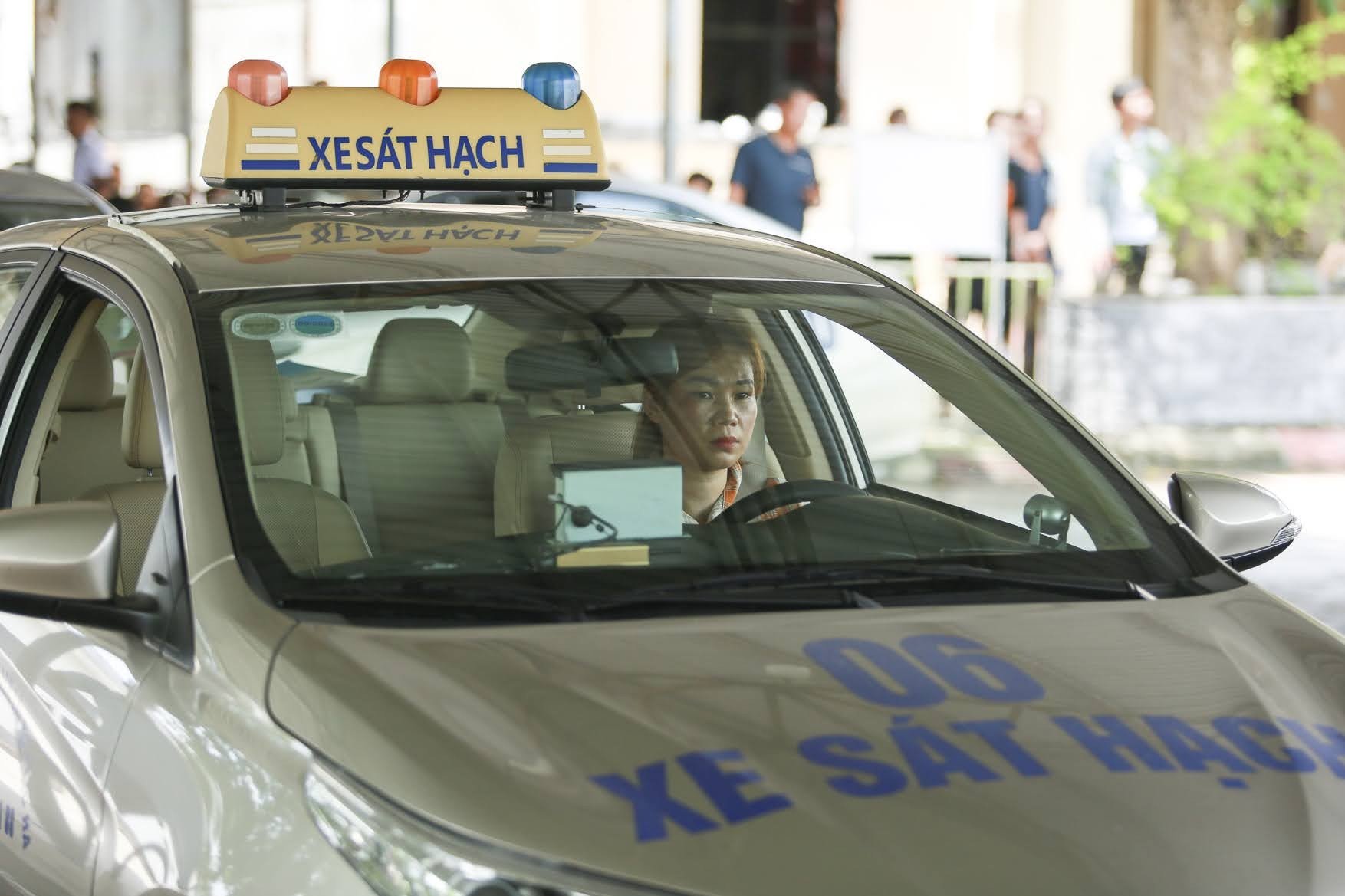
Will review and amend inappropriate regulations in driver training and testing
“We will review and analyze 120 situations in the traffic simulation software to adjust and modify them to ensure that learners can easily understand, observe and judge,” said Mr. Luong Duyen Thong.
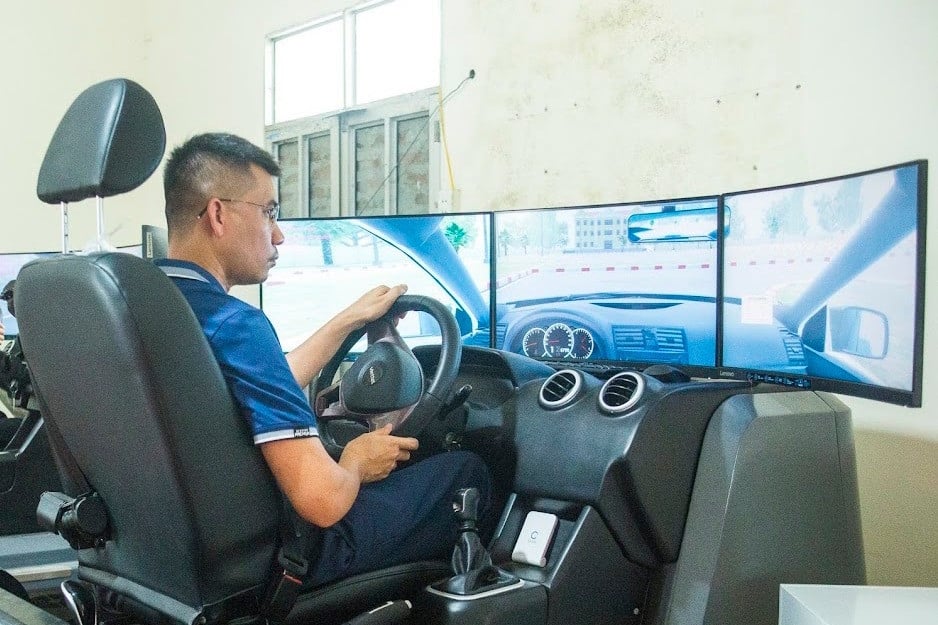
Do not stop organizing driving license exams
The Vietnam Road Administration requires car driving training facilities to receive registration documents and organize driving training according to regulations to meet people's needs.
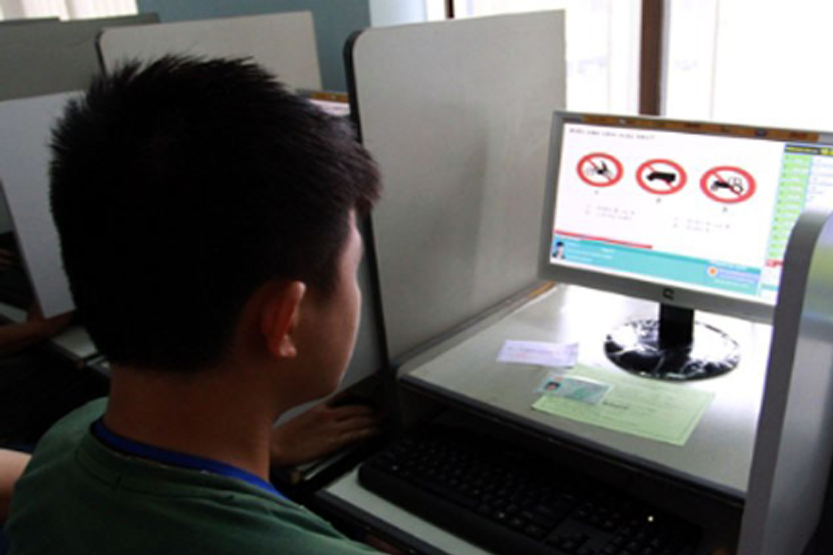
Fingerprint and facial recognition make it difficult for people learning to drive
Having to study for a long time, having to check attendance using magnetic cards, chip cards or fingerprint and facial recognition makes many people who want to learn to drive give up.
Source


![[Photo] Visiting Cu Chi Tunnels - a heroic underground feat](https://vstatic.vietnam.vn/vietnam/resource/IMAGE/2025/4/8/06cb489403514b878768dd7262daba0b)







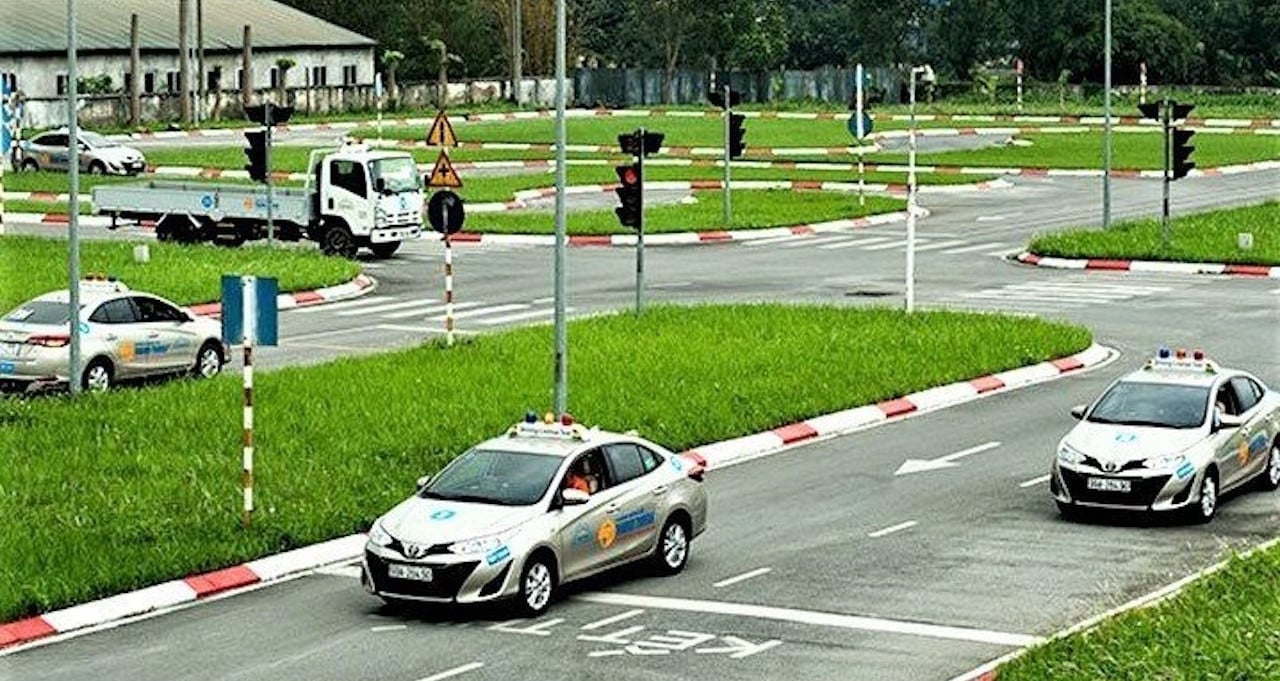
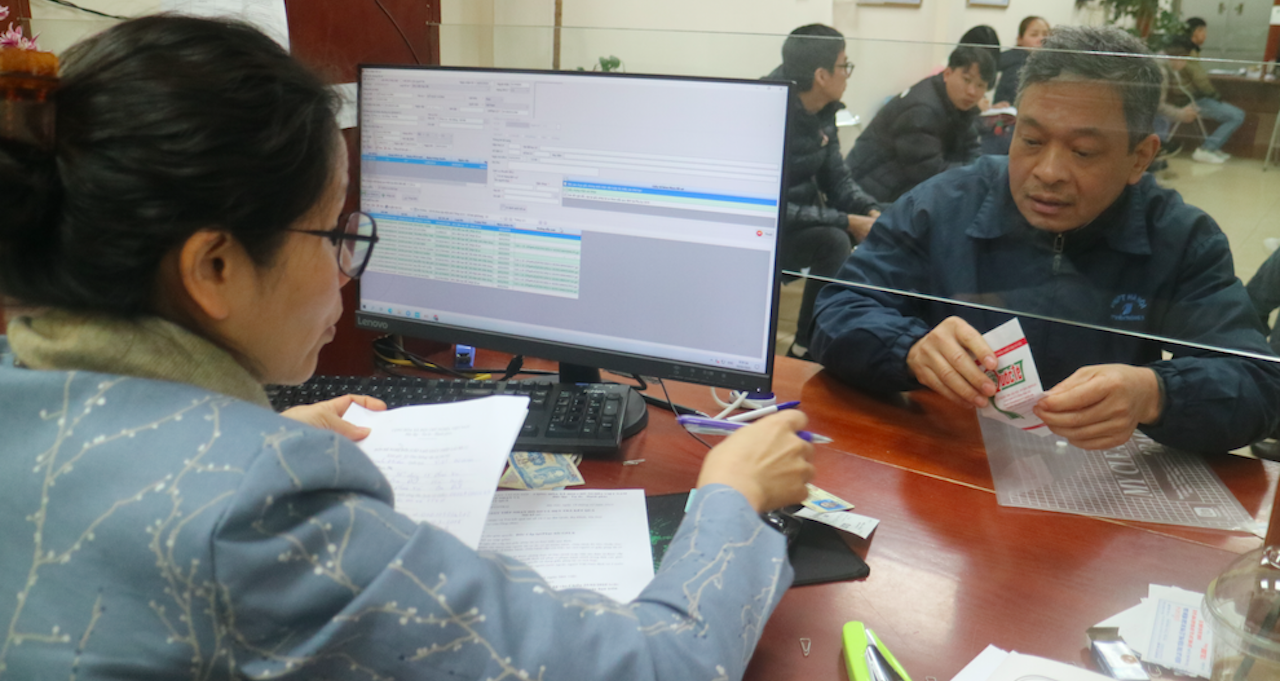
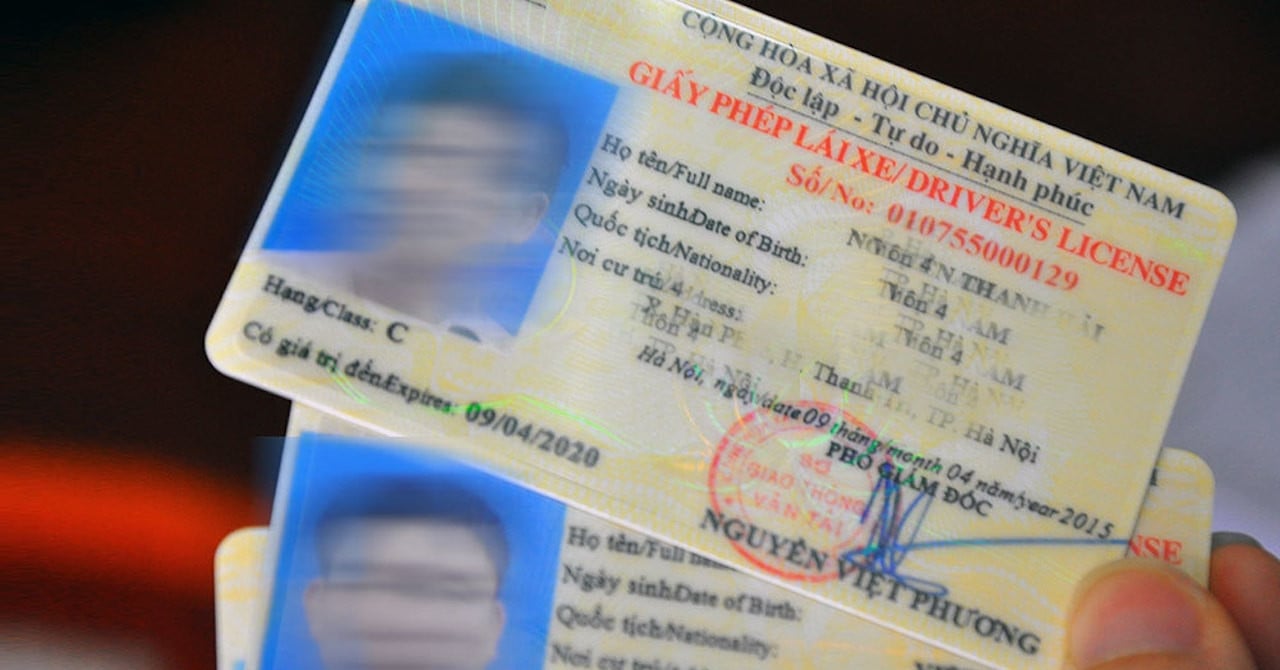
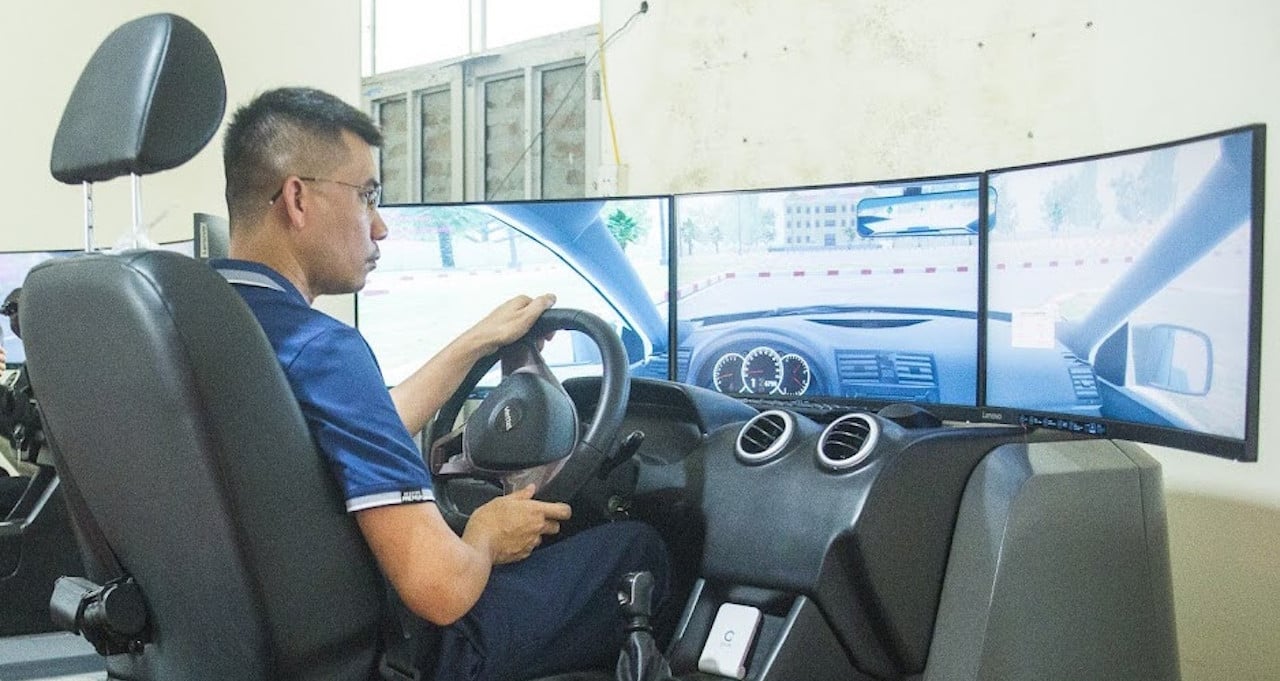
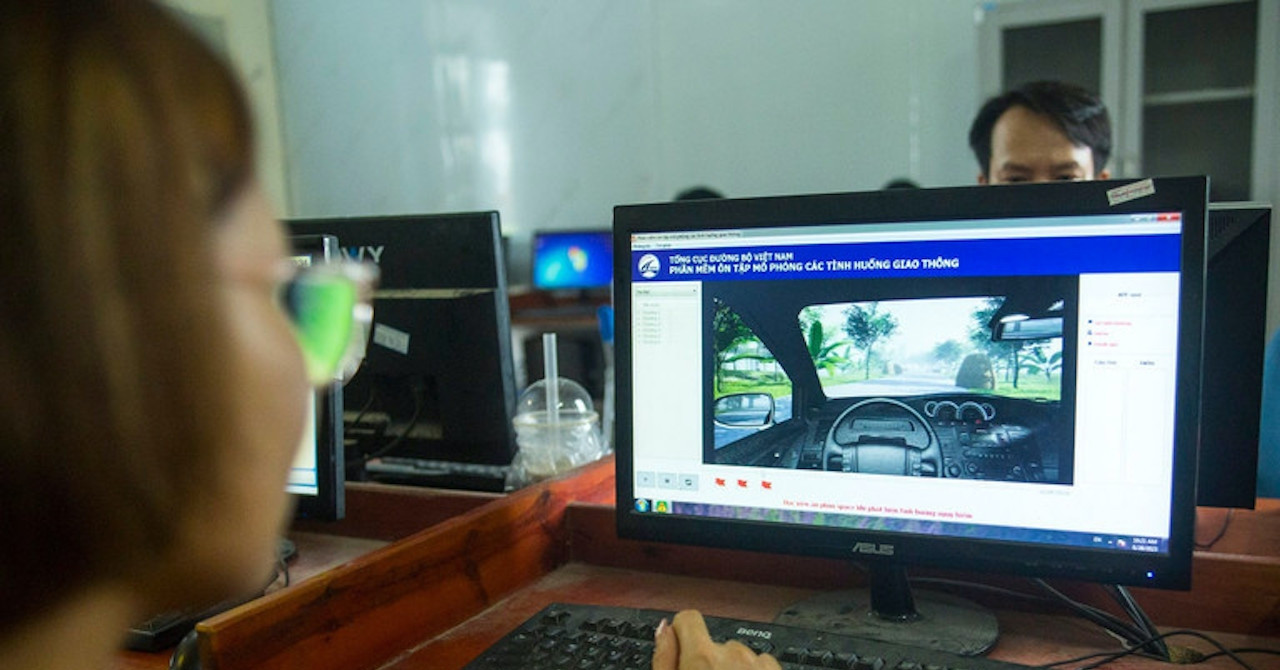





























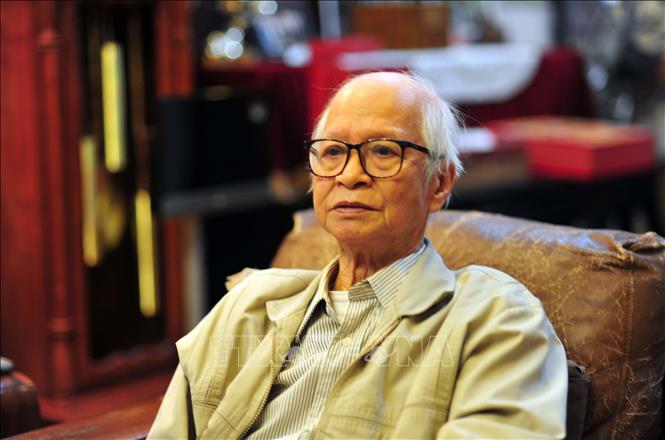












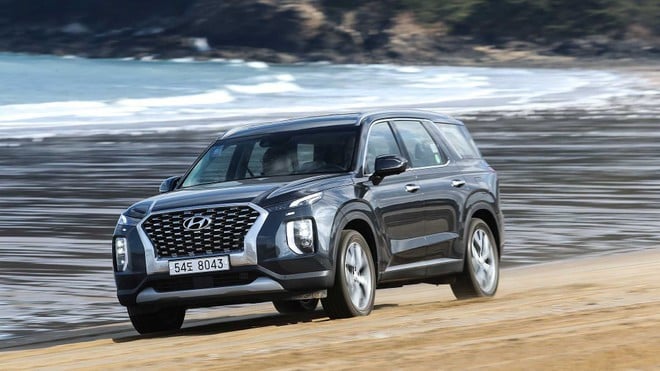


































Comment (0)